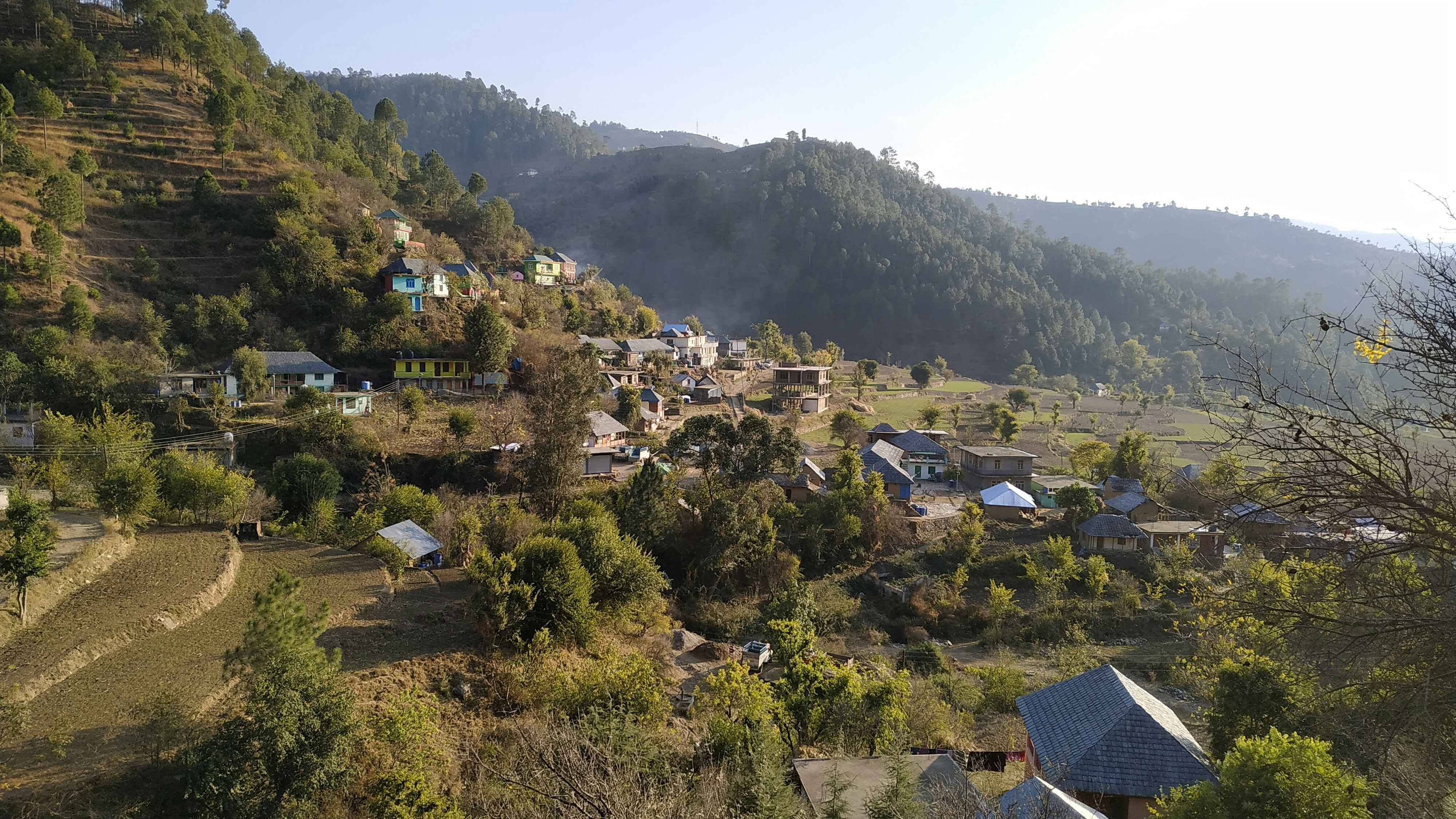Share this Article
Introduction
Nepal, a country of hills and culture, is similarly blessed with a diversity of traditional cuisine. There's Sapu Mhicha, a cultural favorite among many Nepalis. In the following article, we explore the history, ingredients, cultural value, and relevance in today's times of Sapu Mhicha. In simple terms, we will know why Sapu Mhicha is not merely food—it's a manifestation of heritage and people.
What Is Sapu Mhicha?
Sapu Mhicha is a Nepalese traditional dish made using goat or buffalo stomach lining filled with a blend of spices, minced meat, and sometimes bone marrow. "Sapu" refers to the filled tripe, and "Mhicha" is an adjective in Newar that means "something filled" and is one of the languages spoken by the Newar community of Kathmandu Valley. This is typically savored on special events such as festivals, family gatherings, or on cold weather months as a comfort food.
Sapu Mhicha preparation involves time and expertise. The tripe is cleaned, stuffed with spiced meat, and slow-cooked very gently until it becomes tender. The result is a rich and nourishing meal with a balance of soft and chewy texture. It is often served along with rice, beaten rice (chiura), or accompanied by homemade liquor like ayla or thwon in special occasions.
The History of Sapu Mhicha
Sapu Mhicha has its roots deeply in the Newar people, Nepal's oldest ethnic group that is famous for its rich culinary traditions. The Newars have traditionally been farmers and merchants in the Kathmandu Valley, and thus their food is a blend of indigenous foods and recipes acquired from neighboring regions like Tibet and India.
Tripe-based dishes like Sapu Mhicha would have originally been a way of making use of the whole animal to avoid wastage—a custom which is found in the majority of cultures worldwide. Over time, the dish evolved from being a simple one to a celebratory food. It is known that Sapu Mhicha was included in royal feasts and religious ceremonies as far back as the 17th century (Sharma, 2018). Today, it remains a staple at Newar festivities such as Dashain and Indra Jatra, where relatives gather to commemorate their heritage.
Ingredients and Preparation
Preparing Sapu Mhicha is an art that has been passed down through generations. Here's a step-by-step explanation:
Cleaning the Tripe: The tripe is cleaned several times using water, lime juice, or salt to wash away impurities and odor.
Stuffing: The cleaned tripe is stuffed with a mixture of ground meat (goat or buffalo) and spices like turmeric, cumin, ginger, garlic, and chili paste. Some recipes add bone marrow to make it more richer.
Cooking: Tripe is stuffed and sewn with thread or skinned and boiled or simmered for a few hours until tender. It's often stir-fried with onions, tomatoes, and other spices before serving.
The bold flavor of the dish is due to the mix of spices and the slow cooking, which gives the tripe a chance to soak up the seasonings thoroughly. Though the recipe is a bit different between families, the fundamental ingredients are the same to ensure the dish retains its heritage.
Cultural Significance
In Nepal, food is not merely about sustenance—it's about uniting people with family, culture, and heritage. Sapu Mhicha is a great illustration of this. For the Newar community, preparing and serving the dish is a ritual of unity. It is served traditionally during:
Religious ceremonies: As an offering to gods or ancestors.
Weddings and celebrations: Symbolizing prosperity and harmony.
Winter months: Its rich, comforting quality makes it ideal for cold months.
According to food culture research in Nepal, foods like Sapu Mhicha are a "generation bridge," clinging to traditions amidst faster modernization (Gurung & Rai, 2020). The new generation is mostly instructed by elders on the intricacies of preparing the dish for long preservation.
Sapu Mhicha in Modern Times
Although Sapu Mhicha is still a popular traditional meal, its popularity has been threatened. The younger generations, particularly in urban areas, are less acquainted with the tedious cooking process. Moreover, fast-food trends from around the world have conditioned tastes toward faster, less complicated foods.
However, efforts are underway to bring back the dish. Nepali Chulo and Newa Lahana eateries in Kathmandu have added Sapu Mhicha to their menus, introducing it to tourists and locals (Thapa, 2022). Social media has also been a useful assist, with food bloggers and chefs posting revised versions of the recipe, such as substituting chicken for tripe or baking it to make the texture crisper.
Why Sapu Mhicha Matters
Sapu Mhicha is not just a dish—it's a cultural gem. It symbolizes Nepal's heritage of resourcefulness, community, and taste. For tourists, tasting Sapu Mhicha is a window into the nation's heart. For Nepalis, it's a reminder of who they are and how far they've come.
As a local chef explains, "Sapu Mhicha is not only food. It's a narrative on a plate—a narrative about who we are and where we're from" (Thapa, 2022).
Conclusion
Sapu Mhicha is a living testimony to Nepal's rich culinary heritage. From its beginning as a way of making use of the entire animal to the involvement in festivals and celebrations at home, the dish is imbued with tradition, innovation, and bonding. With the modern lifestyle posing a threat to its survival, growing interest in retaining traditions is the assurance that Sapu Mhicha will be special for generations to come.
Whether foodie or culture vulture, Sapu Mhicha is a dish worth discovering. Its flavor is one of storytelling—a story of history, love, and the simple joy of sitting down to a meal.
Categories:
Food & Drink
Tags:
Sapu Mhicha







